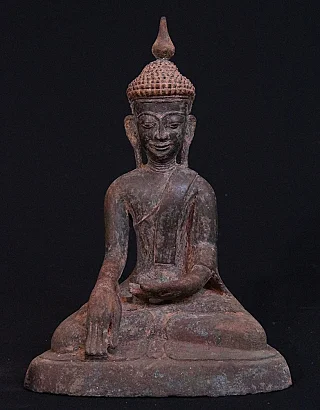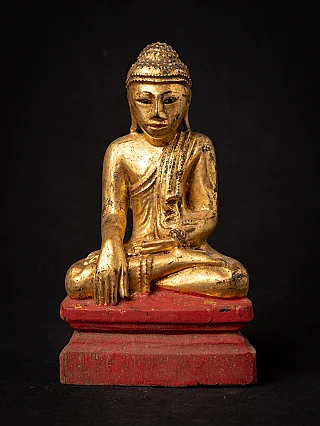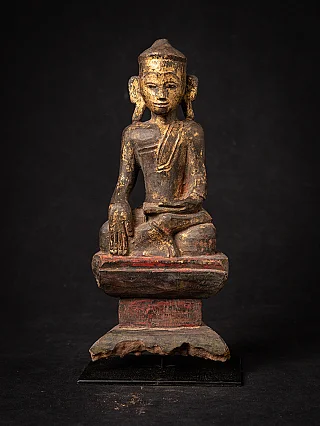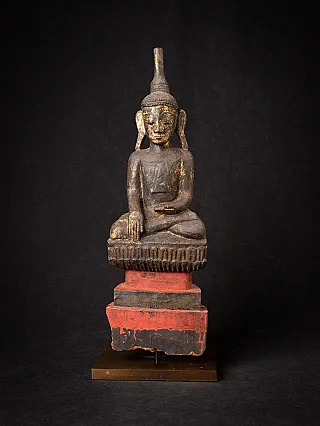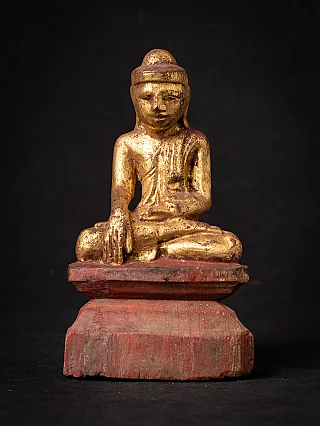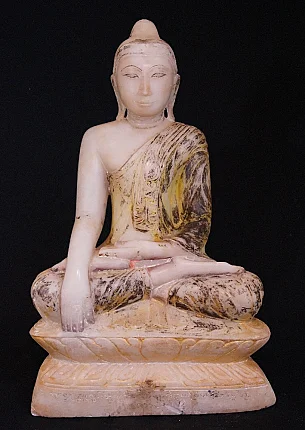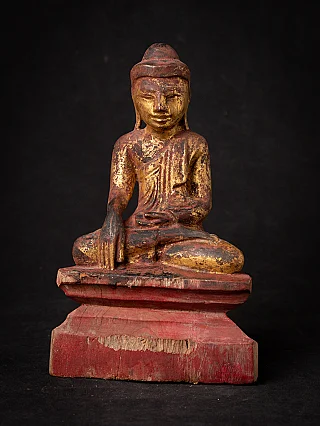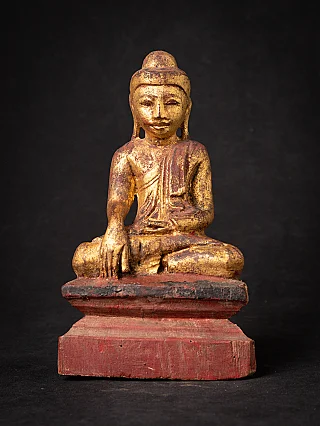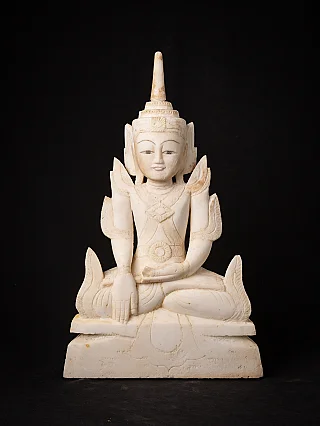Vajrayana Buddhism
Author : Peter Vredeveld

Commonly known as Tibetan Buddhism, Vajrayana Buddhism has been the dominant form of Buddhism in Tibet.
Vajrayana in Sanskrit means "Thunderbolt or a Diamond Vehicle". It is known as Vajrayana because of the ritual use of the Vajra, a symbol of thunder and lightning and an indestructible diamond. Also known as Tantric Buddhism, Tantrayna, Mantrayna, Secret Mantra, Esoteric Buddhism, Diamond Way, Thunderbolt Way, or the Indestructible Way, Vajrayana Buddhism is widely followed across the Himalayan countries like Tibet, Nepal, and Bhutan and also in some parts of Mongolia. It is a form of tantric Buddhism that was initially introduced in India.
Origin
Though there are still ongoing debates about whether Vajrayana is a branch of Mahayana Buddhism or if it is a distinct path of Buddhism apart from Mahayana and Theravada Buddhism, it is generally believed that Vajrayana Buddhism evolved out of Mahayana Buddhism in India around the 6th Century BC. This particular branch of Buddhism spread out of India after its inception. It established itself in various parts of the Buddhist world, specifically in Tibet, where it exerted a lasting influence and has become the dominant form of Buddhism. Hence, Vajrayana Buddhism is often referred to as "Tibetan Buddhism."
Practice
The center of Tibetan Buddhism is reserved by a religious figure called the Lama (Tibetan for Guru), thus giving Vajrayana another name, Lamaism. There have been plenty of chief lineages of Lamas developed. One of the main goals of this practice of Buddhism is to become a Bodhisattva. The practitioner of Vajrayana Buddhism takes their innate Buddha nature as the means of training. Since we, as humans, already have an enlightened mind, Vajrayana Buddhism helps us, the humans, to see the world in terms of ultimate truths. And seeing the world through the ultimate truth can help us attain the full Buddha-hood. Thus, gaining the ultimate reality is believed to be the primary purpose of numerous tantric techniques practiced in Vajrayana. This also involves advanced meditation practice.
Motivation plays a vital role in the practice of Vajrayana. The motivation to achieve Buddha-hood to serve all sentient beings helps one to gain the Boddhisattva path.
Similarly, Newari Buddhism, commonly known as Nepali Buddhism, is practiced by Newars in Nepal. This form of Vajrayana Buddhism is the only kind in which the scriptures and religious texts are written in Sanskrit. The priests of this branch in Nepal do not follow celibacy and are called Vajracharyas.
Distinguising features of Vajrayana Buddhism
The followers of Vajrayana Buddhism generally do not claim or believe that the Theravada and Mahayana practices are invalid. Instead, the teachings from these schools of Buddhism are believed to have laid an essential foundation of understanding on which the practices of Vajrayana are built. For the Vajrayana techniques to be most effective, the teachings from each of the two paths must be considered in detail. Some of the essential features of Vajrayana Buddhism are:
- Motivation
- Ritual
- Upaya
- Path of Fruit
- Esoteric Transmission
- Vows and Behaviour
- Tantra Techniques
- Deity Yoga
- Guru Yoga
- Death Yoga
Buddhist arts in Vajrayana Buddhism
Vajrayana Buddhism is well represented in various forms of Buddhist arts across the geographic locations following it. One widely used form is Thangkas in Tibet and Paubhas in Nepal. Similarly, Buddha statues of distinct and peculiar forms represent various Buddhas in Vajrayana Buddhism. The miniature Vajra and bell, two of Vajrayana's most critical ceremonial tools, are also two of Vajrayana's most widely used Buddhist art.
Share this page

















